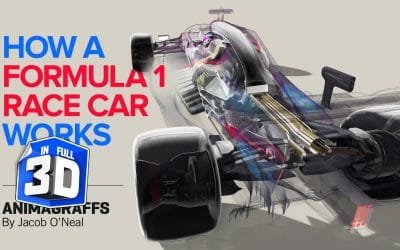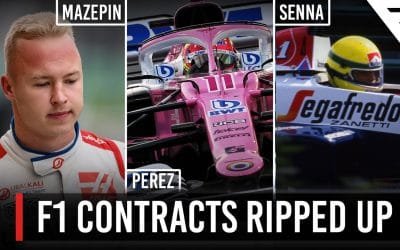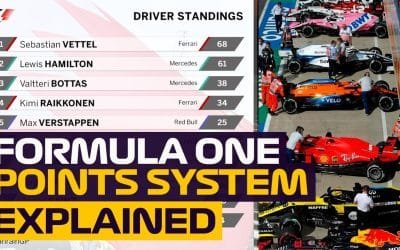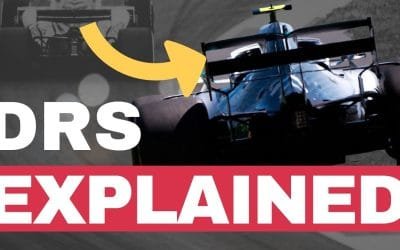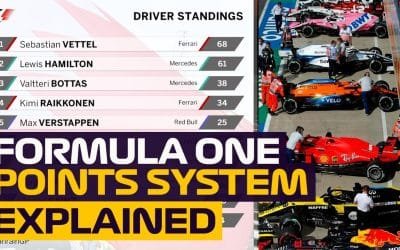Table of Contents
How are Formula 1 teams funded?
Formula 1 is a high-octane, adrenaline-fueled sport that captivates millions of fans around the world. The teams that compete in this prestigious racing series require substantial financial resources to develop cutting-edge technology, hire top talent, and compete at the highest level. In this article, we will explore the various sources of funding for Formula 1 teams and delve into the intricate financial ecosystem that sustains this thrilling sport.
1. Sponsorship
Sponsorship is the lifeblood of Formula 1 teams. It is the primary source of funding that allows teams to cover their operating costs and invest in research and development. Sponsorship deals can range from small-scale partnerships with local businesses to multi-million-dollar agreements with global corporations.
One of the most iconic examples of sponsorship in Formula 1 is the partnership between Scuderia Ferrari and Marlboro. This collaboration, which began in the 1980s, saw the Marlboro logo prominently displayed on Ferrari’s cars and team apparel. While tobacco advertising has been banned in many countries, the partnership between Ferrari and Marlboro continued through creative branding strategies.
Other notable sponsors in Formula 1 include Red Bull, which has its own team, and Mercedes-AMG Petronas Formula One Team, which is sponsored by Petronas, a Malaysian oil and gas company. These sponsorships provide teams with significant financial support and help them maintain a competitive edge.
2. Prize Money
Formula 1 teams also receive a portion of the prize money based on their performance in races and the Constructors’ Championship. The prize money is distributed by Formula One Management (FOM), the commercial rights holder of the sport.
The distribution of prize money is complex and varies depending on several factors, including the team’s finishing position in the Constructors’ Championship, their historical performance, and their contribution to the overall popularity of the sport. The top-performing teams receive a larger share of the prize money, while smaller teams receive a smaller portion.
For example, in the 2020 season, Mercedes-AMG Petronas Formula One Team received the highest prize money payout, followed by Scuderia Ferrari and Red Bull Racing. These funds play a crucial role in supporting the teams’ operations and investments.
3. Team Ownership
Team ownership is another significant source of funding for Formula 1 teams. Many teams are owned by wealthy individuals, corporations, or automotive companies that provide the necessary financial backing.
For instance, Mercedes-AMG Petronas Formula One Team is owned by Mercedes-Benz, a division of the German automotive giant Daimler AG. The team benefits from the financial resources and technical expertise of its parent company, allowing them to invest in state-of-the-art technology and attract top talent.
Similarly, Red Bull Racing is owned by the energy drink company Red Bull GmbH. The team’s success is closely tied to the brand’s marketing strategy, as it serves as a platform to promote the Red Bull brand and engage with its target audience.
4. Private Investment
Private investment plays a crucial role in the funding of Formula 1 teams. Wealthy individuals, often with a passion for motorsports, invest in teams to support their operations and pursue their racing ambitions.
One notable example is Lawrence Stroll, a Canadian billionaire and owner of Racing Point Formula One Team (now rebranded as Aston Martin Cognizant Formula One Team). Stroll’s investment in the team has allowed them to secure top-tier drivers and invest in infrastructure, propelling them to become a competitive force in the sport.
Private investment can also come from consortiums or partnerships. In 2020, a consortium led by Lawrence Stroll acquired a significant stake in Aston Martin Lagonda, which resulted in the rebranding of Racing Point as Aston Martin. This partnership not only provides financial support but also strengthens the team’s brand and marketability.
5. Government Support
In some cases, Formula 1 teams receive financial support from governments or government-backed entities. This support is often driven by the desire to promote tourism, boost the local economy, or enhance the country’s international reputation.
For example, the Bahrain Grand Prix is supported by the Bahraini government, which invests in the construction and maintenance of the Bahrain International Circuit. The government’s investment in the race helps attract international visitors, generate revenue, and showcase Bahrain as a global sporting destination.
Similarly, the Azerbaijan Grand Prix receives support from the Azerbaijani government, which views the race as an opportunity to promote tourism and showcase the country’s modern infrastructure.
Summary
Formula 1 teams rely on a diverse range of funding sources to sustain their operations and compete at the highest level. Sponsorship deals with global corporations provide teams with significant financial support, while prize money rewards their on-track performance. Team ownership by automotive companies or wealthy individuals brings additional financial backing and technical expertise. Private investment from passionate individuals or consortiums can also play a crucial role in funding teams. Lastly, government support is sometimes provided to promote tourism and enhance a country’s international reputation.
By understanding the complex financial ecosystem that supports Formula 1 teams, we gain insight into the intricate web of partnerships, investments, and sponsorships that make this thrilling sport possible.








